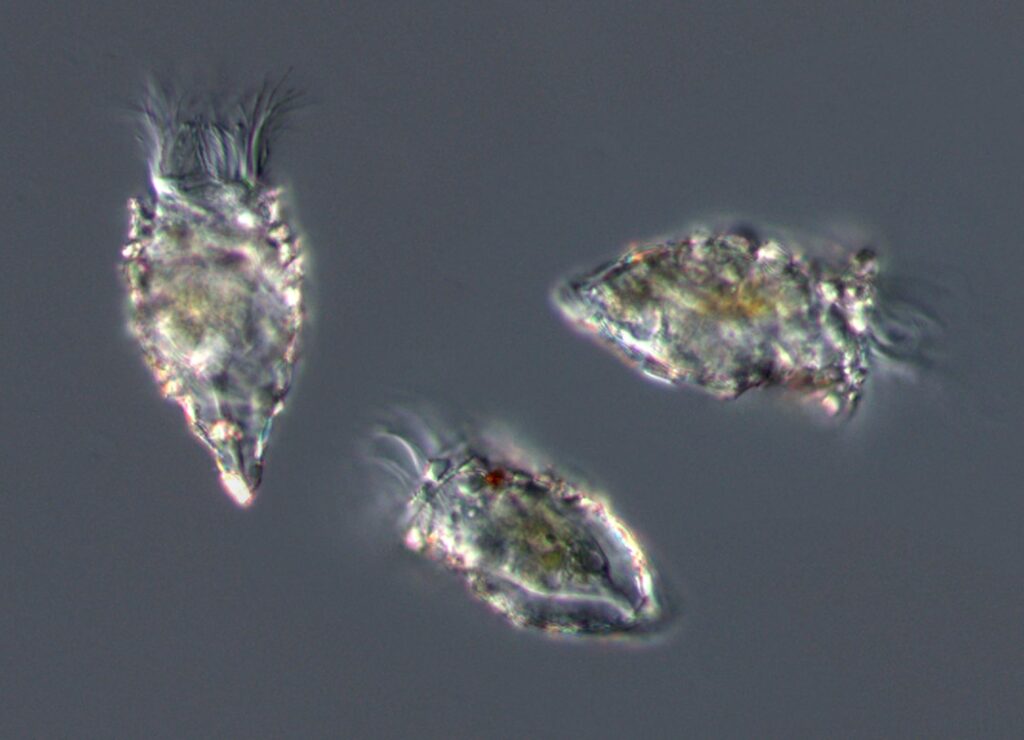Primary human cells, unlike immortalized cell lines, are directly derived from humans. The advantage is that they preserve more of their original functionalities. This also means that primary cells can provide more accurate and relevant results during research. There are primary cells available from various tissues and organs such as endothelial cells, fibroblasts, keratinocytes, melanocytes, osteoblasts, and epithelial cells.
Primary cells from PromoCell
PromoCell was founded in 1990 with a vision to support scientific research worldwide by offering the very best products in the fields of primary cells, stem cells, and blood cells. Their products are intended for research involving human cell culture and cell biology.
Primary cells from PromoCell are isolated from donor tissues and treated with special techniques to maintain their biological functions and properties. These cells can be used as an alternative to permanent cell lines, which often lose many of the biological characteristics of the original cells over time.
Primary Cells from various tissues
PromoCell offers primary cells from various tissue types, including skin, lung, gastrointestinal tract, kidneys, and liver. Each cell type has unique characteristics and functions that make them suitable for specific applications in research. For example, primary hepatocytes can be used to study liver function and metabolism, while primary neurons can be used to study neurotransmitter function and neural signaling.
The primary cells and appropriate media from PromoCell assist researchers worldwide in making new discoveries, using a robust platform for scientific breakthroughs.
The cells from PromoCell are ethically approved. PromoCell has agreements with hospitals and physicians, and their procedures ensure the protection of personality and data privacy rights of tissue donors.
PromoCell has control over the entire process from tissue collection to cell production.
PromoCell’s passion aligns with our own passion for providing quality products intended for student education, routine laboratory use, and clinical research.


